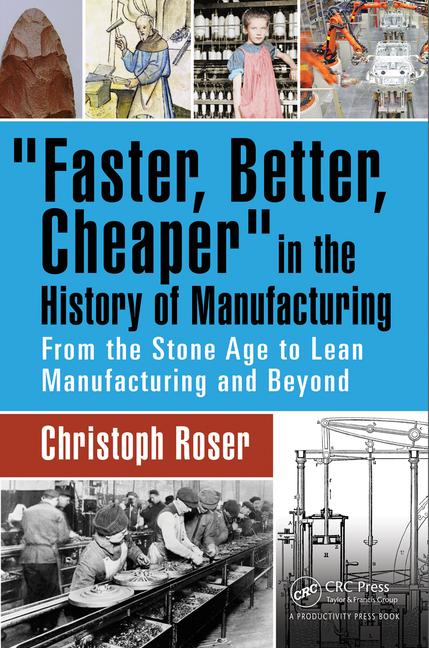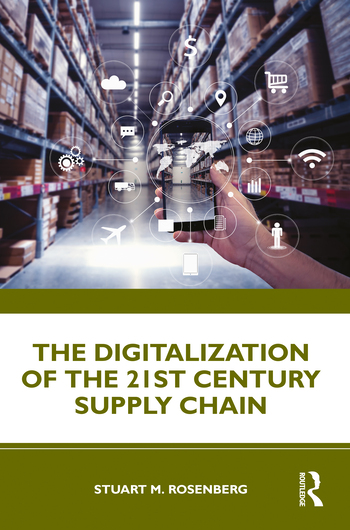
For now at least, America remains the world’s leading innovator, developing life-saving medical devices, state-of-the-art computer systems, and breakthrough manufacturing technology.
Unfortunately, we are rapidly losing ground to competitors around the world. The U.S. share of global R&D has fallen from 39 percent in 1999 to 33 percent in 2007, while China’s share has increased fourfold. China’s increase in R&D spending accounted for nearly one-third of the global increase in R&D between 2001 and 2006.
Other countries are moving ahead of us by offering stronger incentives to attract R&D and the high-paying jobs that go with it. In 2009, the United States ranked 24th out of 38 industrialized countries in the strength of its R&D incentives.
If the United States is to remain a world leader in innovation, we must expand the federal R&D tax credit to encourage more research and development. In March, a bipartisan group of lawmakers introduced legislation to do just that. Sponsored by Rep. Kevin Brady, R-TX, the American Research and Competitiveness Act of 2011 (H.R. 942) would increase the R&D tax credit from 14 percent to 20 percent.
The larger credit should encourage companies to invest more in innovation. In the short run, a larger tax credit could spur the creation of 162,000 jobs, according to a 2010 study by the Information Technology and Innovation Fund. Expanding the tax credit would also lead to a $66 billion increase in our annual gross domestic product and nearly 4,000 new U.S. patents.
The bill would also-finally-make the credit permanent. Since the R&D tax credit was first enacted in 1981, its expiration date has been extended 14 times. It will expire again at the end of the year.
The constant brinkmanship has become tiresome. On average, R&D projects take five to 10 years. Making the credit permanent will enable entrepreneurs to make those long-term investment decisions with confidence.
If passed, the legislation would cost approximately $100 billion over 10 years, and President Obama’s proposed 2012 budget accounts for the expansion.
The credit would be money well-spent. Only R&D performed in this country qualifies for the credit. Nearly 18,000 companies of all sizes use the credit, and some 70 percent of credit dollars go toward salaries of workers engaged in R&D.
For their part, manufacturers claimed nearly 70 percent of the R&D credit amounts in 2007. In 2008, manufacturers performed $190 billion in R&D, which accounted for nearly 70 percent of all business R&D performed in the United States.
Such investment spurs economic growth. Between 1994 and 2004, manufacturing productivity increased 60 percent. That could not have been accomplished without investment in R&D.
At press time, the U.S. unemployment rate stood at 9.2 percent. Washington can make a dent in that statistic by passing the American Research and Competitiveness Act. We urge them to do so.



